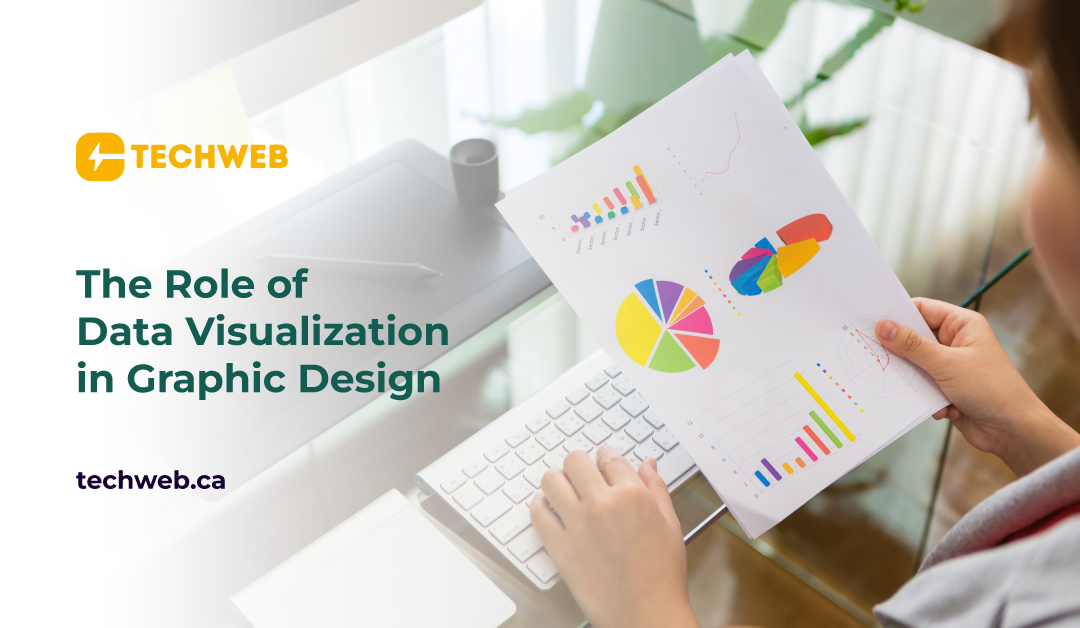The Power of Visual Communication
At its core, graphic design is about communication. Whether it’s a logo, a website, or a billboard, the goal is to convey a message in a way that is both aesthetically pleasing and easily understood. Data visualization takes this concept a step further by translating data—often dry and difficult to interpret—into a format that is not only visually engaging but also informative.
For instance, a well-designed infographic can make complex statistics more accessible to the general public. Instead of wading through pages of numerical data, viewers can grasp the key points at a glance. This ability to simplify and clarify information is what makes data visualization such a powerful tool in the graphic designer’s arsenal.
Enhancing Storytelling
One of the most compelling aspects of graphic design is its ability to tell a story. Every element—color, typography, layout—works together to guide the viewer through a narrative. Data visualization enhances this storytelling by adding a layer of factual grounding. It turns abstract ideas into concrete visuals that can be more easily understood and remembered.
For example, consider a non-profit organization that wants to raise awareness about climate change. A bar chart showing rising temperatures over the past century can powerfully convey the urgency of the issue. When integrated into a larger design narrative, this visualization doesn’t just present data; it tells a story that resonates emotionally and intellectually with the audience.
Building Trust and Credibility
In an era of misinformation, trust is a valuable commodity. Audiences are increasingly skeptical of claims that aren’t backed by evidence. Data visualization lends credibility to graphic design by providing tangible proof to support a message. A well-constructed graph or chart not only presents data but also reinforces the legitimacy of the information being communicated.
Moreover, the transparency that comes with data visualization fosters trust. When viewers can see the data for themselves, they’re more likely to believe the message and engage with the content. This is particularly important in fields like journalism, marketing, and education, where the accuracy and reliability of information are paramount.
Driving Engagement
In a crowded digital landscape, capturing and retaining attention is a constant challenge. Data visualization, with its ability to turn mundane data into something visually striking, can be a game-changer. Interactive visualizations, in particular, invite users to engage with the content in a more meaningful way, allowing them to explore data at their own pace and draw their conclusions.
For example, a news website might use interactive maps to let readers explore voting patterns in different regions. This not only makes the information more accessible but also increases the time users spend on the site, improving engagement metrics.
The Intersection of Art and Science
Graphic design has always been a blend of creativity and technical skill. Data visualization introduces a new dimension to this mix, requiring designers to not only think about aesthetics but also about accuracy, clarity, and functionality. It’s a true intersection of art and science, where design principles meet data analysis to create something greater than the sum of its parts.
Designers must consider how to represent data in a way that is truthful, unbiased, and easy to understand. They must choose the right type of chart or graph, select appropriate scales, and ensure that the design is accessible to all audiences, including those with visual impairments. This requires a deep understanding of both design theory and data literacy—a combination that is increasingly in demand in today’s data-driven world.
Conclusion: A Growing Field
As data continues to play a central role in our lives, the importance of data visualization in graphic design will only grow. Designers who can master this skill will be well-equipped to tackle the challenges of modern communication, creating designs that are not only beautiful but also informative, trustworthy, and engaging.
In a world awash with information, data visualization offers a way to cut through the noise and deliver clear, compelling messages. It’s not just a trend—it’s an essential part of the future of graphic design.

